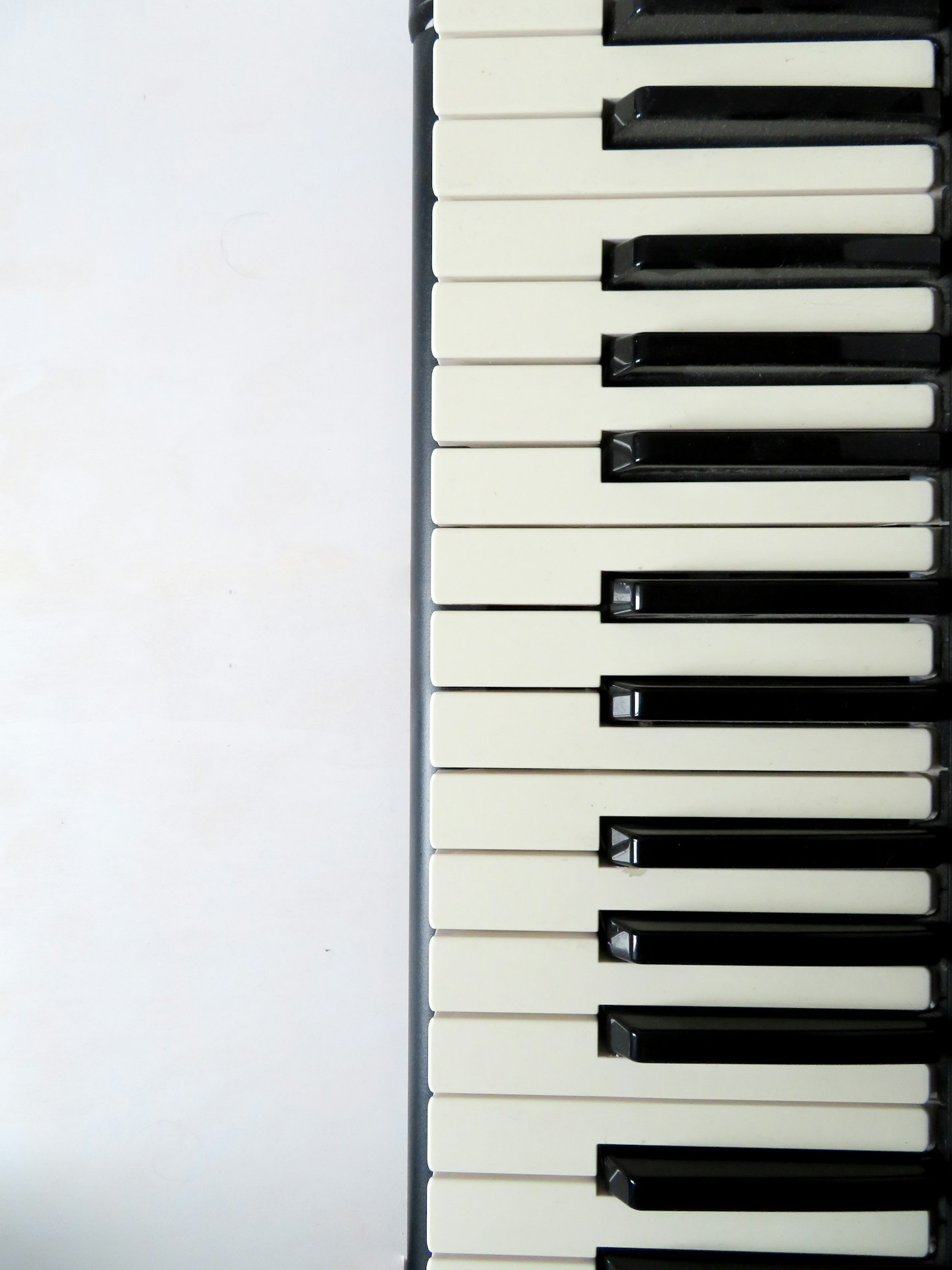Ludwig van Beethoven’s Piano Sonata No. 14 in C-sharp minor, commonly known as the “Moonlight Sonata”, is perhaps the most recognized piano work in the world. Composed in 1801, its first movement is a haunting, meditative adagio that contrasts sharply with the fiery finale. The sonata captures Beethoven’s mastery of drama and innovation, making it a staple of the classical piano repertoire.
“A piano is a living thing; it has a personality, a character.” – Vladimir Horowitz
Another beloved piece, “Clair de Lune” by Claude Debussy, exemplifies the impressionist style at its finest. Translating to “light of the moon,” the composition evokes a dreamlike atmosphere through delicate touch and tonal color. Its gentle, flowing melodies have made it a favorite in film, television, and concert halls alike, appealing to a wide audience beyond classical music enthusiasts.


No list would be complete without the poetic genius of Frédéric Chopin, whose Nocturne in E-flat Major, Op. 9 No. 2 stands as a paragon of lyrical elegance. The nocturne’s singing melody, adorned with ornate embellishments and expressive phrasing, showcases Chopin’s unique ability to blend technical sophistication with profound emotional resonance.
Adding to this collection is Franz Liszt’s “Liebesträume No. 3”, a piece that demands both technical precision and emotional depth. Translating to “Dreams of Love,” this romantic work explores themes of passion and longing, culminating in a virtuosic climax that continues to captivate audiences. It remains one of Liszt’s most accessible and frequently performed compositions.
Each of these fantastic pieces provide lessons in the fundamentals of musical theory, which have lived on throughout the centuries. As you continue your path in appreciating the piano, you’d do good to give each of these songs a listen!


Leave a Reply